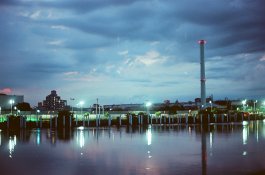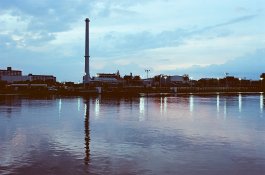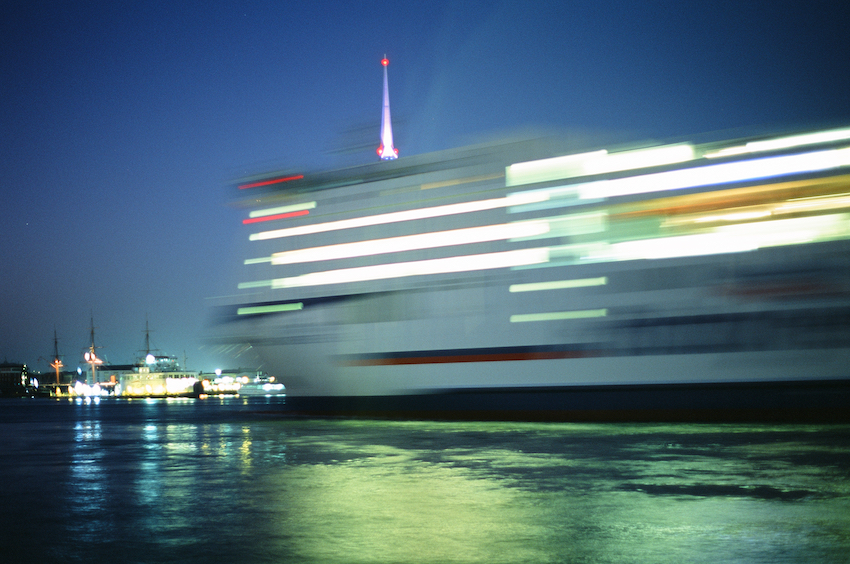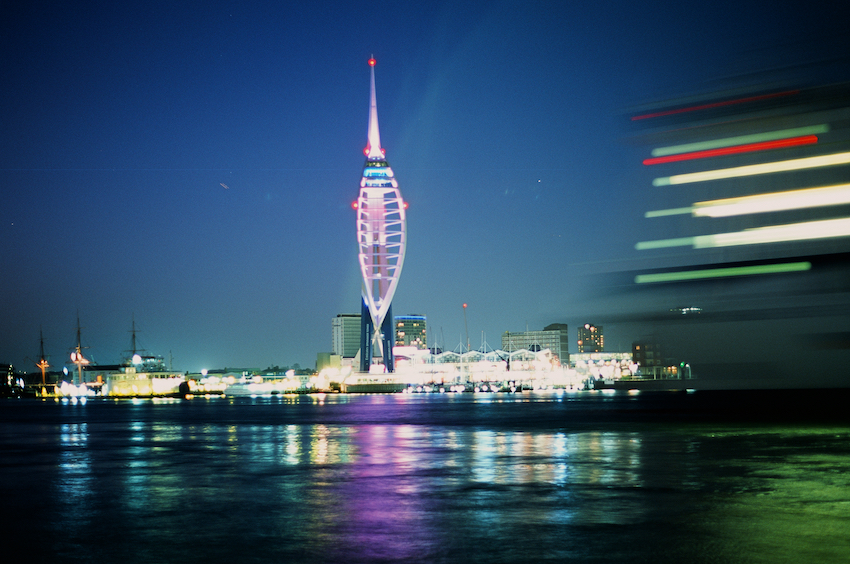Hi!
Going back to Tokyo soon, I would really like to shoot the city at night, to obtain some hazy cyberpunk neon sceneries, Blade Runner style (I know, this sounds a bit cliché but I still want to give it a shot).
Unfortunately, most of my previous attempts gave very poor results : they lack sharpness and usually have very poor colors...

On Zuiko 50/1.8, OM-20, about 5s of exposure, Kodak Portra 800


On Zuiko 28/1.8, OM-20, about 3s of exposure, Fuji Superia 100 (not sure about the model, but sure about the ISO)
My main question is : what seems to be the problem? Is it the exposure time? (I am guessing it arbitrarely and doing a bit of bracketting, since my camera doesn't measure below 1.67 EV with my widest lens). I saw @Sirius Glass link to the jiffy calculator, and will give it a try but I would like to have your opinion on whether the problem comes from the exposure or something else.
Thanks in advance
Going back to Tokyo soon, I would really like to shoot the city at night, to obtain some hazy cyberpunk neon sceneries, Blade Runner style (I know, this sounds a bit cliché but I still want to give it a shot).
Unfortunately, most of my previous attempts gave very poor results : they lack sharpness and usually have very poor colors...

On Zuiko 50/1.8, OM-20, about 5s of exposure, Kodak Portra 800


On Zuiko 28/1.8, OM-20, about 3s of exposure, Fuji Superia 100 (not sure about the model, but sure about the ISO)
My main question is : what seems to be the problem? Is it the exposure time? (I am guessing it arbitrarely and doing a bit of bracketting, since my camera doesn't measure below 1.67 EV with my widest lens). I saw @Sirius Glass link to the jiffy calculator, and will give it a try but I would like to have your opinion on whether the problem comes from the exposure or something else.
Thanks in advance







